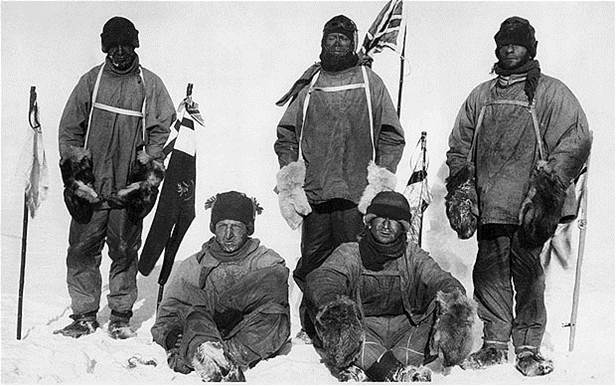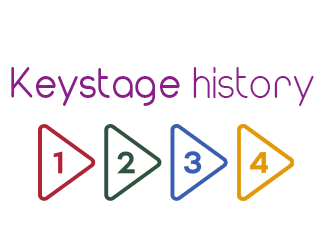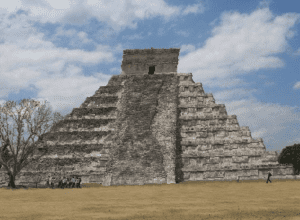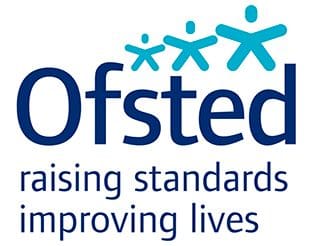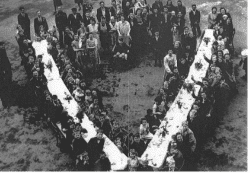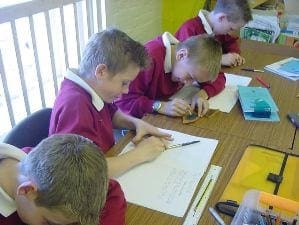
In a recent article in Primary History by Karen Doull of the Historical Association adumbrated a list of the ‘Ten things your pupils need to know about the Iron Age’. The following were offered, to which I’ve added my comments.
- When was it? The
Iron Age in Britain covered the period 800BC to AD43,
nearly a thousand years. This is twice as long as the Roman occupation. Pupils need to know about the concept of duration and relative spans of time. The people living at this time were known as Celts.
- The
change from Bronze Age to Iron Age was not instant
but it was a gradual process that happened at different rates over time in different places.
The Celts lived in tribes with tribal leaders being both men and women
such as Boudicca
- Celts were famous for their
circles:
look at their art, their jewellery, such as torcs, and their huts. By contrast, the Romans who followed them were much more angular in their designs of houses and towns.
- We can see a lot of the
remains of the Iron Age in our landscape today
the form of Hill forts such as Maiden Castle. Archaeologists have also dug up objects such as shields , chariots, querns and torcs
- Iron was the
principal metal used as it was harder than bronze
allowing tools and weapons to become sharper and the edges would stay sharp for longer
New technologies
were used such as chariots, lathes, rotary querns for grinding grain (those circles again!), coins ( circular again) and the potter’s wheel (more circles).Previously pots had been made by coiling clay and smoothing it over.
8.Iron Age homes were calledroundhouses
and were made of stone or wattle and daub with thatched roofs.
9.The Celts traded with the continent, exporting grain, hunting dogs, and horses while importing wine, amber, oil and glass
10.Celtic civilization survived the Roman invasion
particularly in the west e.g. in Cornwall, and Cumbria
- Iron was the principal metal used
as it was harder than bronze. Tools and weapons could now be given a sharper edge which lasted longer.

